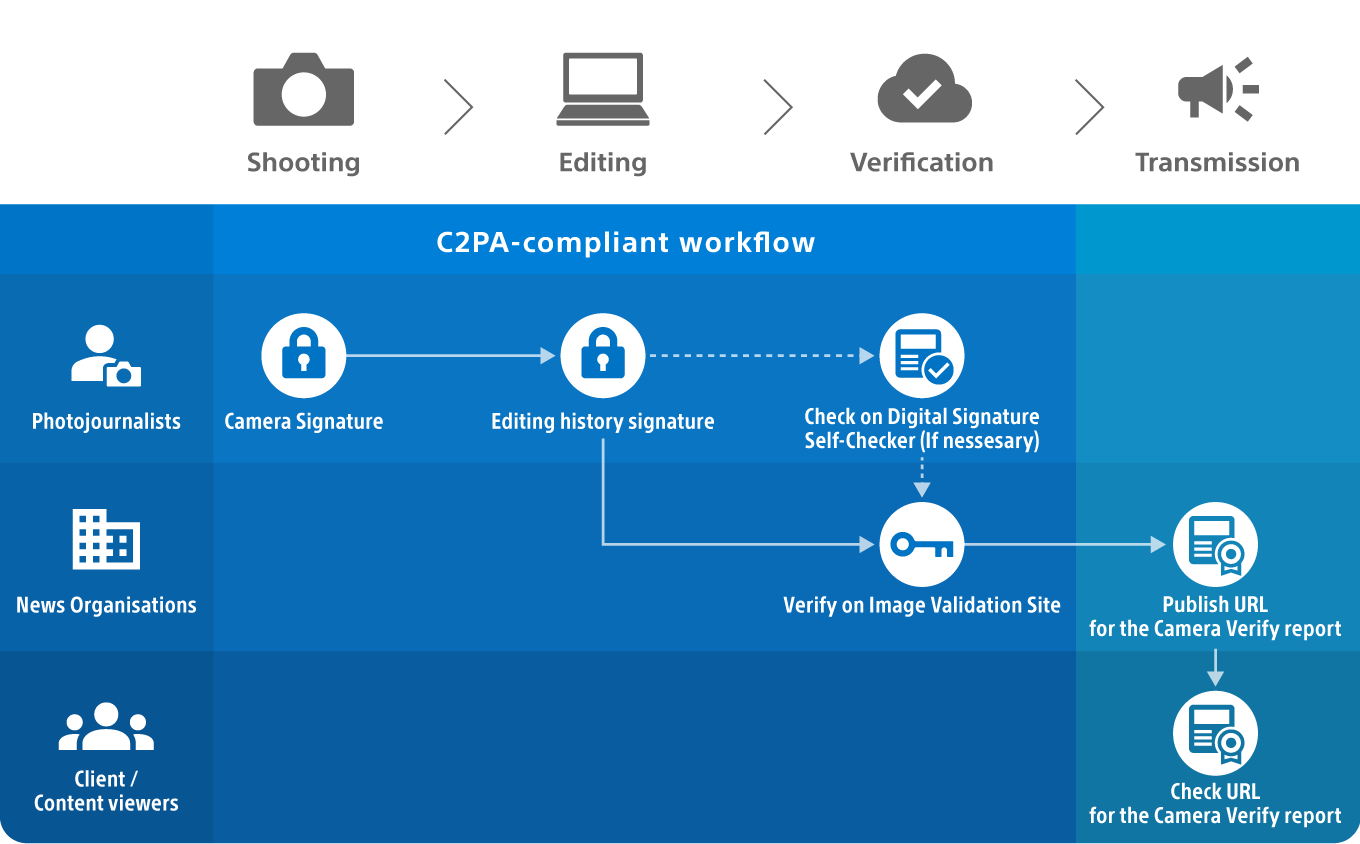NASA Prepares to Bounce Signals Off of Asteroid 2005 YU55
NASA is making final preparations for the Nov. 8 fly-by of asteroid 2005 YU55. As I reported last month, the Asteroid 'Fly-By' Will Produce Radio Echoes. Tracking will begin next Friday (Nov. 4) at 9:20 a.m. and continue for at least four hours each day, Nov. 6-10. Radar observations from Arecibo Planetary Radar Facility in Puerto Rico will begin on Nov. 8, when the asteroid makes its closest approach to Earth at 3:28 p.m. Radar images collected from the Goldstone Deep Space Network antenna could be as fine as 7 feet per pixel.
JPL recently updated its 2005 YU55 Goldstone Radar Observations Planning website with details on the observations, including SNR (signal to noise ratio) calculations, Oct. 30-Nov. 18 at Goldstone and Nov. 8-24 at Arecibo.
The JPL site has this note to optical observers: "We intend to provide radar astronometry shortly after the November 4 Goldstone track through the JPL/Horizons online ephemeris system. This should shrink the uncertainties sufficiently for other observatories to track this object once it enters the night sky on November 8."
Some disaster web sites have noticed FEMA's National EAS Alert test is scheduled the day after the asteroid will pass closest to Earth. Do not worry, at least for now. The JPL page referenced earlier says "Due to its size and proximity to Earth, the Minor Planet Center has designated 2005 YU55 as a 'Potentially Hazardous Asteroid.' Despite this designation, this object cannot hit Earth during the entire interval over which its motion can be computed reliably."
The professional video industry's #1 source for news, trends and product and tech information. Sign up below.

Doug Lung is one of America's foremost authorities on broadcast RF technology. As vice president of Broadcast Technology for NBCUniversal Local, H. Douglas Lung leads NBC and Telemundo-owned stations’ RF and transmission affairs, including microwave, radars, satellite uplinks, and FCC technical filings. Beginning his career in 1976 at KSCI in Los Angeles, Lung has nearly 50 years of experience in broadcast television engineering. Beginning in 1985, he led the engineering department for what was to become the Telemundo network and station group, assisting in the design, construction and installation of the company’s broadcast and cable facilities. Other projects include work on the launch of Hawaii’s first UHF TV station, the rollout and testing of the ATSC mobile-handheld standard, and software development related to the incentive auction TV spectrum repack. A longtime columnist for TV Technology, Doug is also a regular contributor to IEEE Broadcast Technology. He is the recipient of the 2023 NAB Television Engineering Award. He also received a Tech Leadership Award from TV Tech publisher Future plc in 2021 and is a member of the IEEE Broadcast Technology Society and the Society of Broadcast Engineers.
